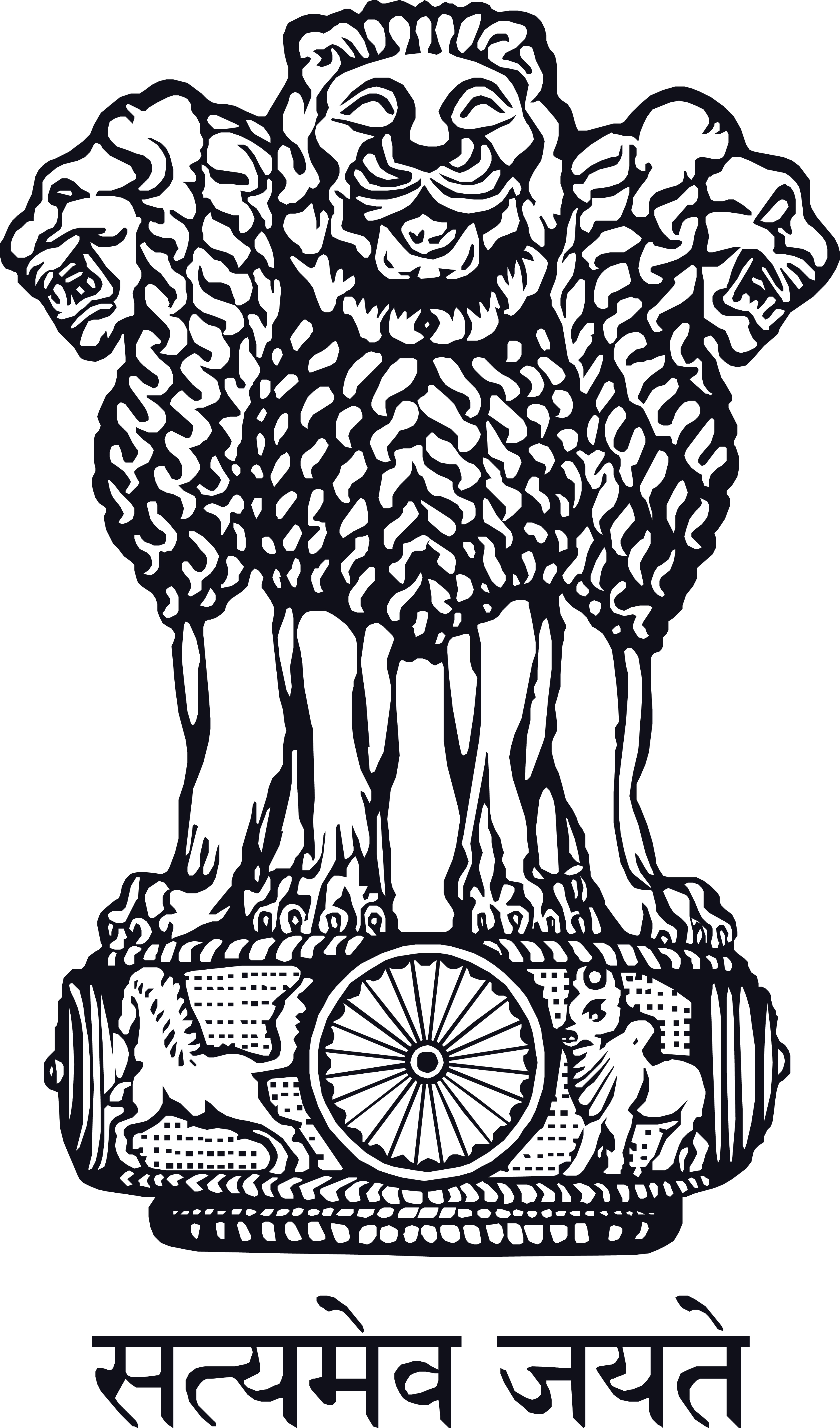Dietotherapy
Dietotherapy seeks to restore the imbalance in the body due to errant lifestyles. Unani system of Medicine lays rules for a balanced lifestyle, which revolves around six essential factors. Noncompliance with these principles leads to an errant lifestyle and ultimately leads to disease. Diet is an important component of these essential factors. The Unani system of medicine believes that a physician is not the healer but an assistant to nature Tabiyat (physique) of the body, which is the true healer hence the diet should be in accordance with it. Diets have been mentioned according to various stages of life to maintain the digestive system at its best.
All substances consumed by humans are divided into the following categories:
1. Ghiza (Diet) – Diet is described as a substance that does not cause any change in the body but is changed by the body in a form, which is readily acceptable to it, for the nutritional value.
2. Ghiza-e-dawaee(Nutritive medicine) - These are the diets which have medicinal properties e.g. Onion, Garlic, and Almond.
3. Dawa-e-ghizaee (Medicinal nutrition) - These are the medicinal substances which have some nutritional value along with the medicinal benefits.
4. Dawa (Drug) - Drugs are defined as substances that cause change in the body and are not affected by the body itself.
5. Sammiyat (Poisons) - Poisons are substances that cause harmful changes in the normal functioning of the body and in extreme cases may lead to the death of an individual.
Instructions for diet with regard to treatment: -
- Tark-e-ghiza (Abstinence from diet): - In this type of treatment complete abstinence from diet is prescribed to facilitate Tabiyat (physique) in combating the disease. This method is adopted when the patient has enough stamina during the severe stages of the disease.
- Taqleel-ul-ghiza (Decreased diet): - The quantity of the diet is decreased either in
quantity or quality, so that the patient’s energies are maintained and Tabiyat (physique) also gets aided in the
process of evacuation of Madda-e-fasida (waste material) and eradication of disease from the body.
- Taqleel-bil-Kaifiyat (Bulky diet) – Prescribed diet is rich in cellulose and less in nutrition. This type of diet does not distract Tabiyat (physis) from digestion, when it is busy in the process of healing. On the contrary it aids it by satiating hunger. This type of diet includes vegetables, melons and watermelon, etc
- Taqleel-bil-Kammiyat (Skimpy diet) – Prescribed diet that is high in nutrient content and is less bulky. These provide energy to the Tabiyat (physis) and are given in cases of extreme debility to patients who cannot digest bulky diets as well as in hypervolemic conditions. These are usually given in cases of acute diseases. e.g. half-boiled egg.
- Saree-un-nufuz (Rapidly absorbing diet) – This type of diet after digestion, is easily absorbed by the body e.g. honey, and alcohol. This is administered in cases of excessive debility and during illness as the body can readily utilize them
- Batee-un-nufuz (Slowly absorbing diets) – This type of diet takes much time to absorb due to its complex and lengthy metabolic process which is difficult to absorb after metabolism for e.g. Spinach, Radish, Carrot.
- Ghiza-e-Raqeeq (Liquid diet) – This type of diet produces less viscous blood after metabolism e.g. Juice, Soups, and wheat porridge.
- Ghiza-e-Ghaleez (Solid diet) - This type of diet produces more viscous blood after
metabolism e.g. solid/semisolid preparations of meat and vegetable. This type of diet is beneficial to those doing
physical labour.
- The food items which are easily digestible should not be mixed with the food items which are digested slowly by the body e.g. milk and fish, pulses and mutton.
- At the time of taking food, the person should not mentally engage in other activities.
- Food should be eaten in a quiet and settled atmosphere. It is better to sit down and eat and abstain when the stomach is upset.
- Food should be taken only when hungry at least at 5-6 hrs interval. Nothing should be eaten between meals.
- The food should be chewed properly.
- Water should not be taken in large quantities just after meals but after a gap of 2 hrs, water can be taken in reasonable amount.
- After lunch “Qailoola” (Short nap) is advisable for better digestion and restoration of energy..
- Physical labour should be avoided immediately after meals.


